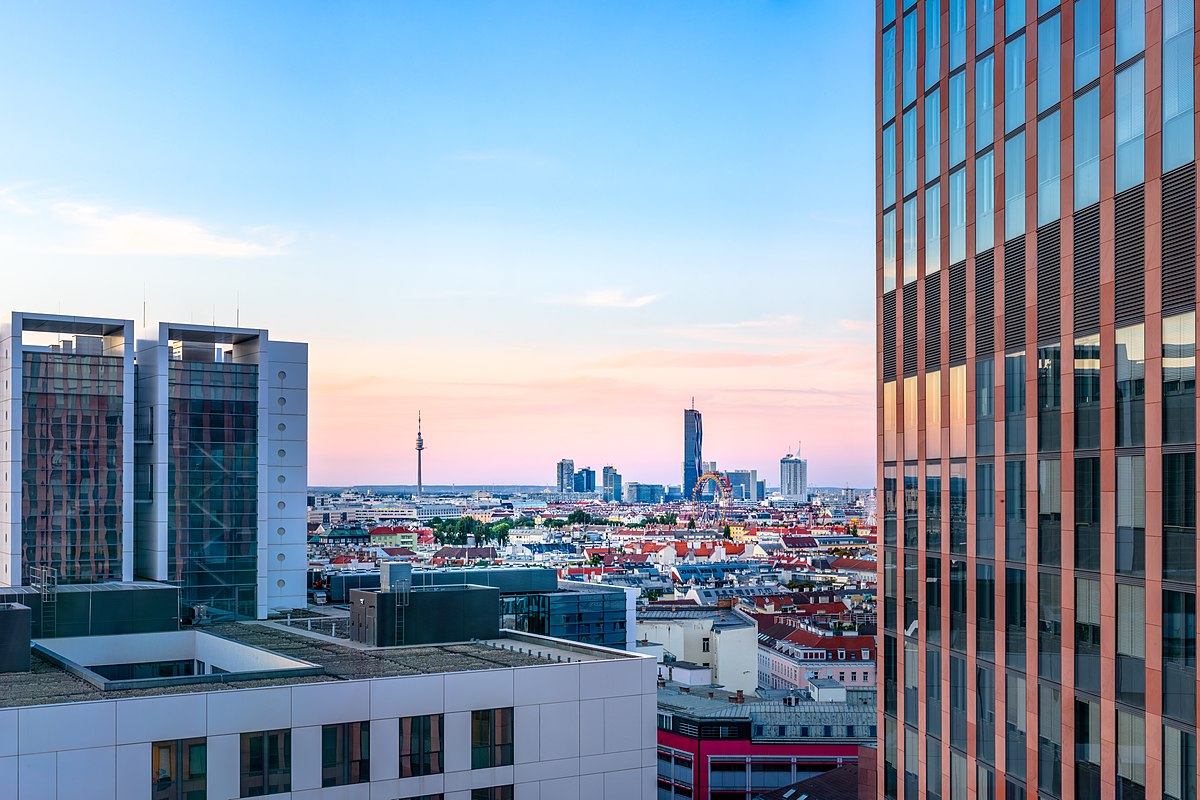Sponsored Content
Vienna Plan 2035: Urban Development Without New Building Areas
The new Urban Development Plan 2035, known as the “Vienna Plan”, has been officially presented. It sets out the framework for the city's spatial development in the coming years and takes particular account of the forecast population growth. One decision in particular is surprising: No new large urban development areas are planned for the time being and the focus will be on sustainability and climate protection.
 The new Urban Development Plan 2035, while considering population growth, does not require additional larger urban development areas at this time. / Picture: © Wikimedia Commons, Dimitry Anikin, CC0
The new Urban Development Plan 2035, while considering population growth, does not require additional larger urban development areas at this time. / Picture: © Wikimedia Commons, Dimitry Anikin, CC0
According to planning director Thomas Madreiter, the new development plan envisages a population of up to 2.2 million people - a growth of around 200,000 people. Should this figure be exceeded, a further 50,000 people could be accommodated before new areas would need to be developed. However, there are currently enough existing development areas to meet the demand for housing. These…
or Log In
Fast News Search





